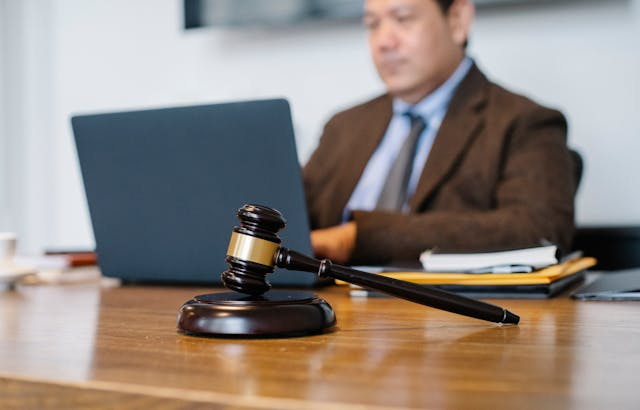Law firms are increasingly adopting technology to strengthen and streamline their litigation and courtroom strategies, and this trend will only continue to grow. Notably, the use of external graphics tools grew by 50% between 2023 and 2024, while trial presentation technology saw an increase of approximately 12.67% during the same period. Using tools for presentations, evidence management, and exhibit display effectively requires careful selection and thoughtful integration.
Below, we’ll outline best practices to maximize the value of trial technology, such as case chronology software, highlighting how each tool can be applied effectively with the support of experienced pre trial technology professionals.
Gain a Holistic Understanding of the Jury
Some trial technologies are built specifically for courtroom use, while others enhance pre-trial preparation. Among the most powerful applications is pairing trial technology with jury research and consulting methods.
Mock trials, focus groups, and venue studies help legal teams better understand their potential juries. Using analytics, these services profile how surrogate jurors may respond, including potential biases or predispositions. Tools such as real-time surveys and sentiment analysis can uncover deeper insights. However, the most valuable outcomes come from combining technology with the expertise and judgment of seasoned consultants who know how to interpret and apply the data effectively.
Use Mock Trials to Simulate Court
Closely tied to jury research is the use of technology to conduct mock trials and focus groups. By employing video platforms, simulations, and predictive analytics, legal teams can test different arguments and evidence before trial to see how they may resonate with a real jury.
Working with professionals who guide mock trials allows attorneys to gain immediate, actionable feedback. Advanced technology makes it possible to capture moment-to-moment juror reactions, offering valuable predictions for how arguments could be received in court. This preparation sharpens trial strategies and builds confidence before the real proceedings begin.
Strengthen Witness Preparation
Trial technology also supports witness preparation, providing secure platforms for sharing documents and practicing testimony. These tools allow witnesses to review materials, engage in rehearsals, and access resources conveniently, whether through live sessions or asynchronous communication.
Ethical witness preparation is essential. Recommended practices include familiarizing witnesses with courtroom procedures, explaining the meaning of being under oath, preparing for objections, and reviewing documents. Rehearsing testimony, clarifying recollections, and discussing strategies for cross-examination are also encouraged. Technology enhances these processes, but experienced guidance ensures preparation remains effective, ethical, and compliant.
Enhance Graphics and Trial Presentations
Presentation tools are among the most impactful courtroom technologies. Legal graphics, animations, and dynamic multimedia presentations can bring evidence to life, making complex information more digestible and persuasive.
These tools allow real-time adaptability, enabling attorneys to highlight, zoom, or annotate exhibits during trial. Partnering with skilled graphics professionals and presentation specialists ensures seamless integration of visuals into courtroom arguments. Training all team members on how to operate the software reduces the risk of technical issues and allows for smooth, professional delivery at critical moments.
Maximizing Value from Trial Technology
To achieve the greatest impact, legal teams should embrace emerging trial technologies both in preparation and during courtroom proceedings. Software, analytics, and dynamic presentation tools empower attorneys to understand jurors, prepare witnesses, refine strategies, and present arguments persuasively.
When paired with the expertise of trial technology specialists, these tools become even more powerful, helping legal teams deliver their strongest cases with confidence.

